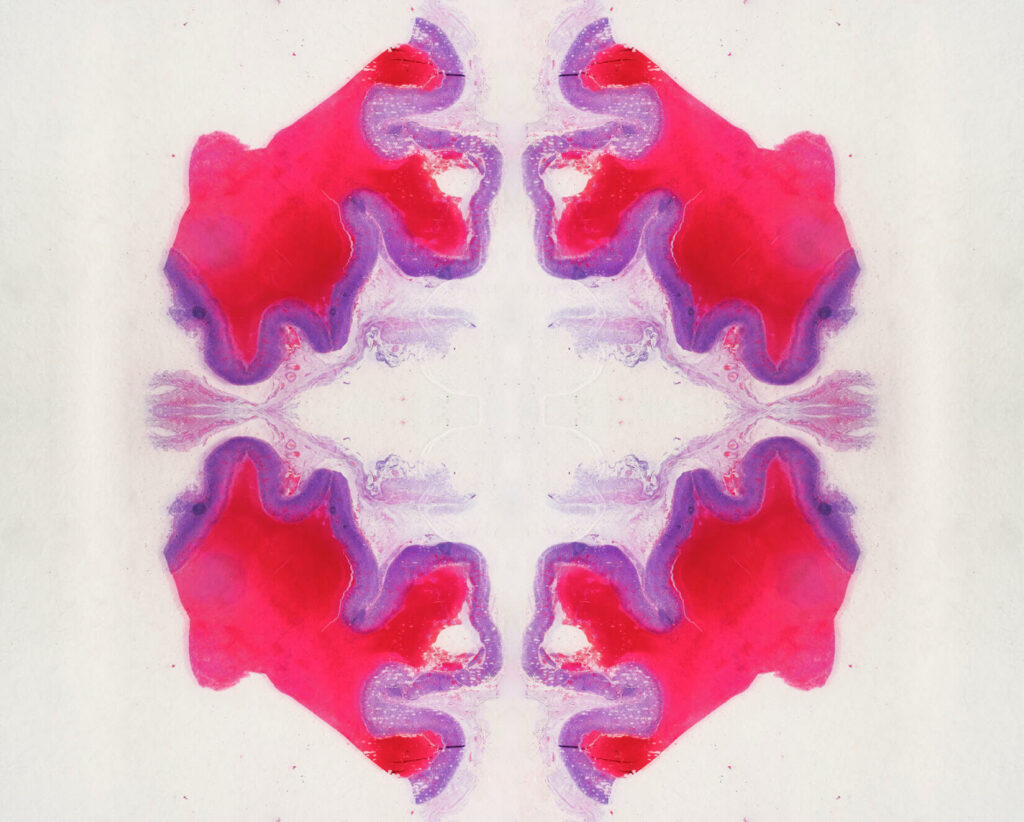Interview with Dr Irene Rodriguez • Head of Pathological Anatomy at Analiza Madrid
The task of Pathological Anatomy is not very well known, and yet it is key in many medical fields. Could you highlight the most common?
It is a very little known speciality, although it is an essential pillar of modern medicine, one of the most important, as it deals with the diagnosis of pathologies of any organ and without distinguishing by age, through the study of tissues and cells in the form of biopsies and cytology tests, as well as clinical autopsies. However, that is not all. Today it plays an essential role in the prognosis and treatment of oncology patients. Through the study of surgical tissues of tumours by the pathologist, we indicate the stage of the disease, known as pTNM, which is key to determining the prognosis and most suitable treatment after surgery. Additionally, in recent decades, we have seen a revolution in the treatment of cancer, possible thanks to the advances in knowledge of the molecular biology of tumours, which has allowed us to establish a catalogue of their main molecular alterations. Thanks to this, targeted therapies have been developed against certain genetic alterations, entailing a significant paradigm shift in Oncology, laying the foundations for molecular pathology and the personalised treatment of the patient. Today a cancer diagnosis is inconceivable without undertaking molecular studies.
How would a patient with suspected breast cancer be studied?
Firstly, a radiological study is carried out to observe the lesion, and if the radiologist considers it necessary, a biopsy or puncture will be carried out, and that material will be sent to pathological anatomy for processing and diagnosis. This process requires the sample to be sent to our laboratory, it being correctly fixed in formalin in case of being a biopsy (24-48 hours depending on the sample), processing (24 hours) and diagnosis by a pathologist who will indicate to the clinic if we are dealing with a malignant or benign tumour process or an inflammatory lesion, etc. The clinical-pathological concordance is very high, but the definitive diagnosis must always be histological or cytological.
The pandemic has had a negative impact on the diagnosis of some conditions. What do you think will be the consequences of this?
Unfortunately, we are indeed seeing a negative impact in the field of oncological pathology secondary to the pandemic. For many months, patients have not gone to consultations and their periodic check-ups have not been carried out, cancer screening tests have been postponed and this has led to us diagnosing cases in very advanced stages of the disease. Tumours which were previously operable now require neoadjuvant treatment to reduce their volume and be surgically removed. We have observed an increase in the diagnosis of the main types of cancer such as breast, colon and lung cancer. Therefore, it is important to be aware of the importance of prevention and control through periodic check-ups. As the Spanish Association Against Cancer indicates, early detection allows diagnosis in initial stages, increasing the possibilities of achieving curative treatment.
Pathological Anatomy at Analiza is experiencing significant growth, implementing a very innovative project. What does it involve?
The Pathological Anatomy division at Analiza is one of the large projects of the company in 2021-22. We now have ten laboratories throughout Spain with over 15 specialists in pathological anatomy. The main techniques such as immunohistochemistry and screening of the cervico-vaginal cytology will be concentrated at the central laboratory of the company. It also has the latest technology by Leica for immunohistochemistry and for processing and staining of samples. With a firm commitment to telepathology, we have the most cutting edge scanner by Leica, which will allow the whole division to work in unison. Additionally, we are developing a large project dedicated to molecular pathology as an approach to Personalised Medicine. Our objective is to integrate the best methodological approaches available for the study of potentially treatable genomic alterations in cancer, to make selecting patients for targeted therapies a reality. We have a firm commitment to massive sequencing technology as a necessary complement to the other techniques because we understand that this approach is the best way to contribute to each patient with cancer having the full molecular annotation of their tumour, to contribute to their personalised treatment.
Access to the article published by La razón here

 Español
Español Português
Português
¿Quieres recibir noticias como ésta en tu email?
Suscríbete a la newsletter